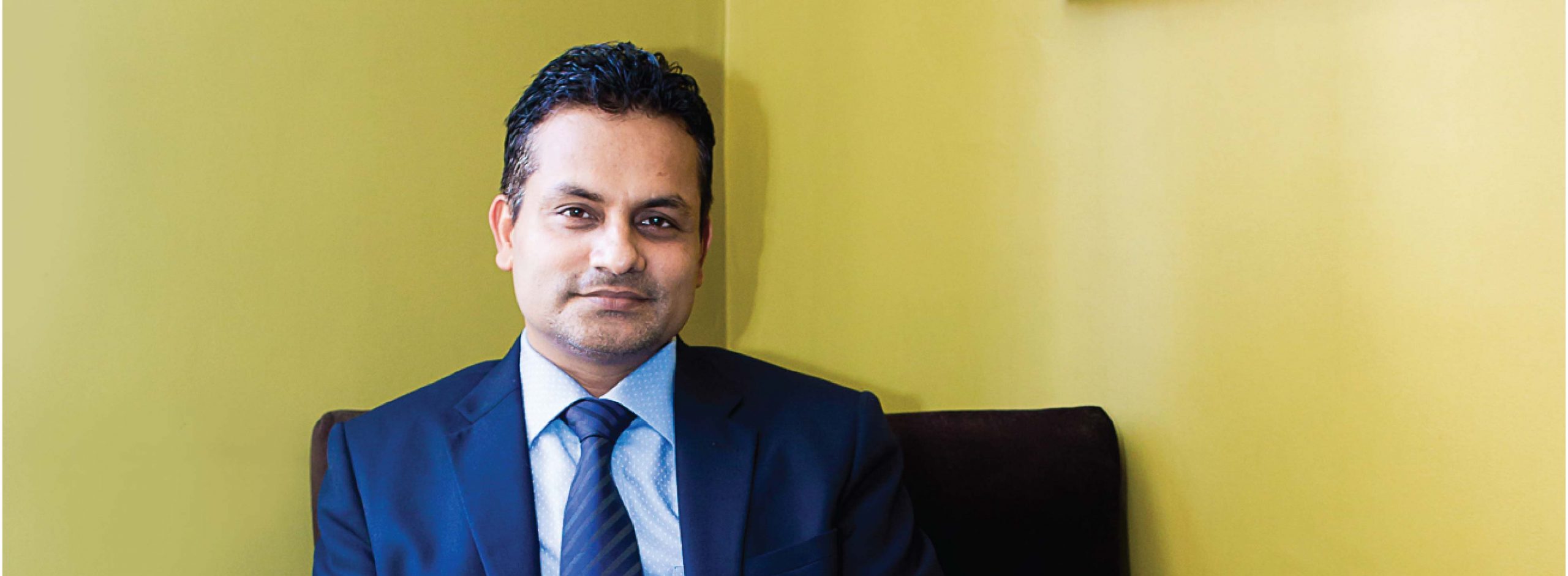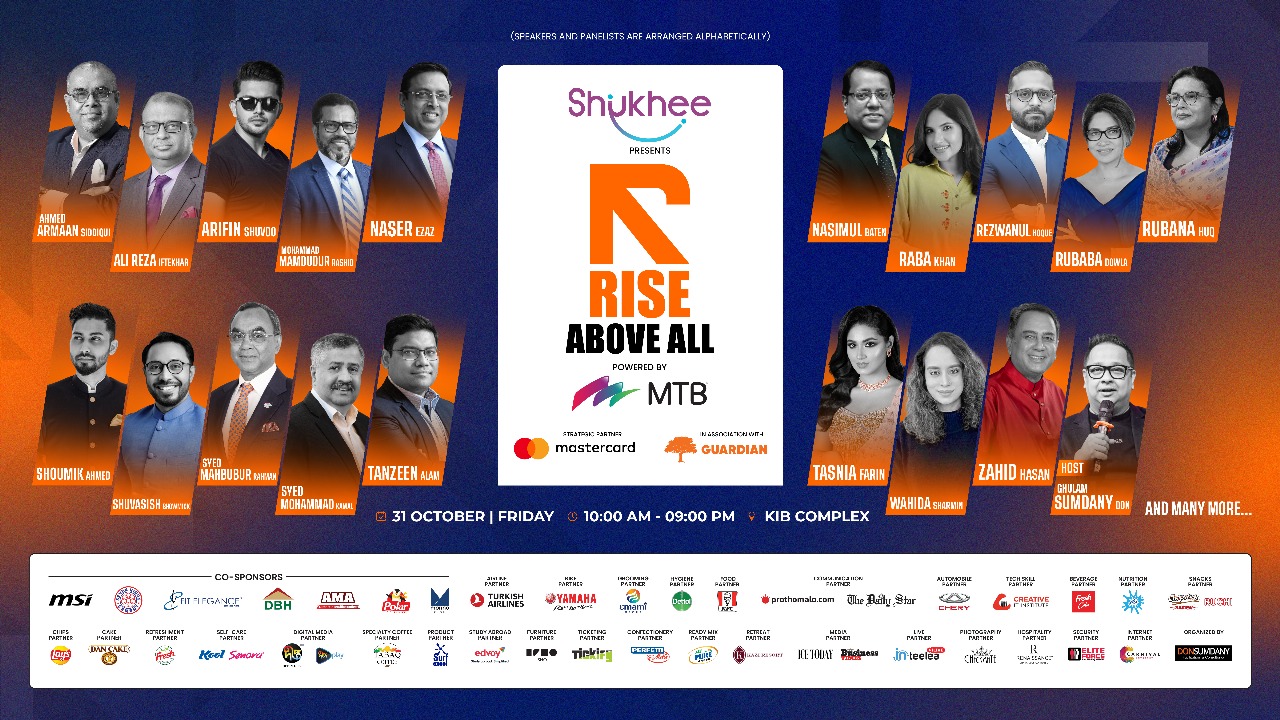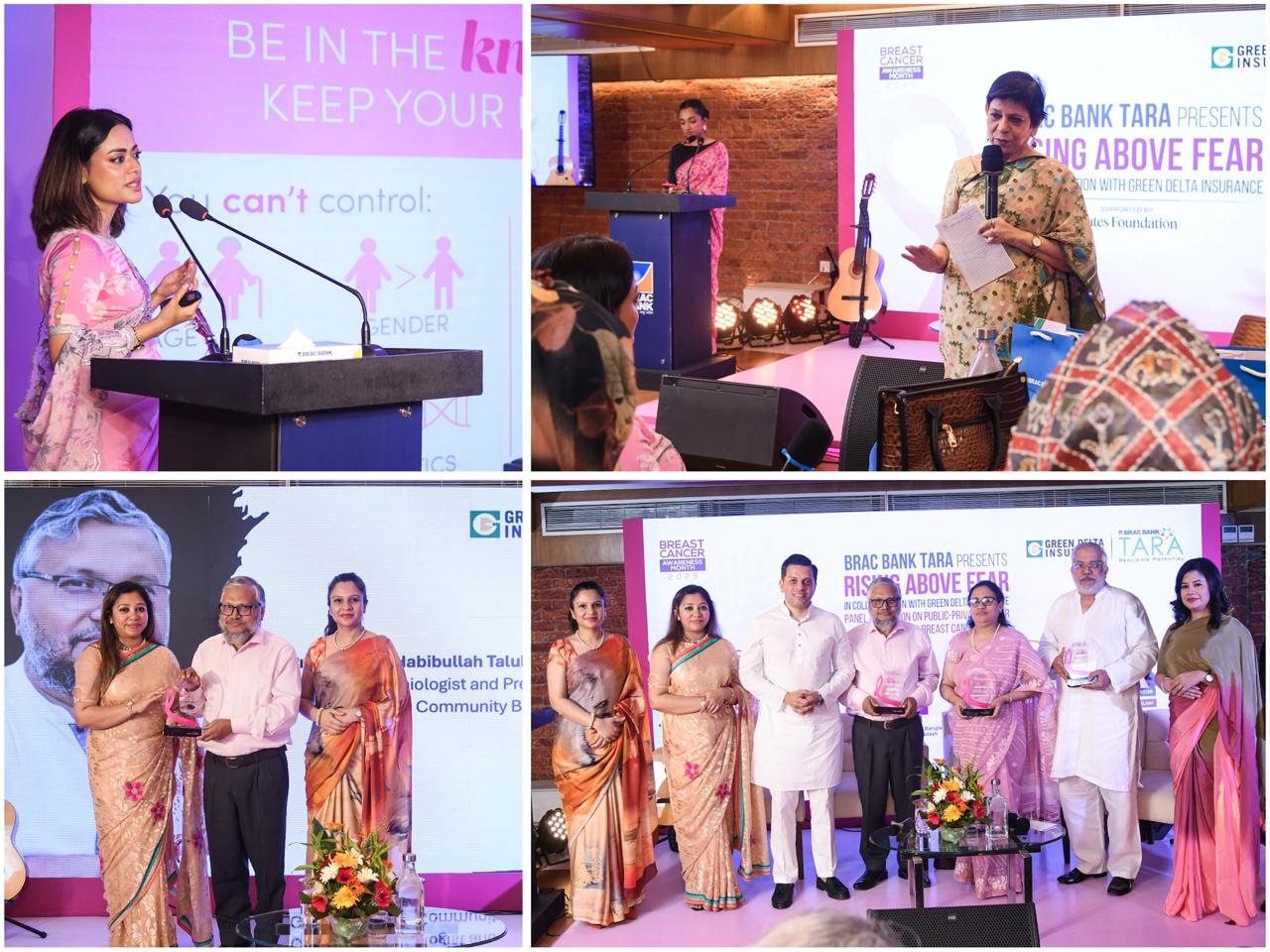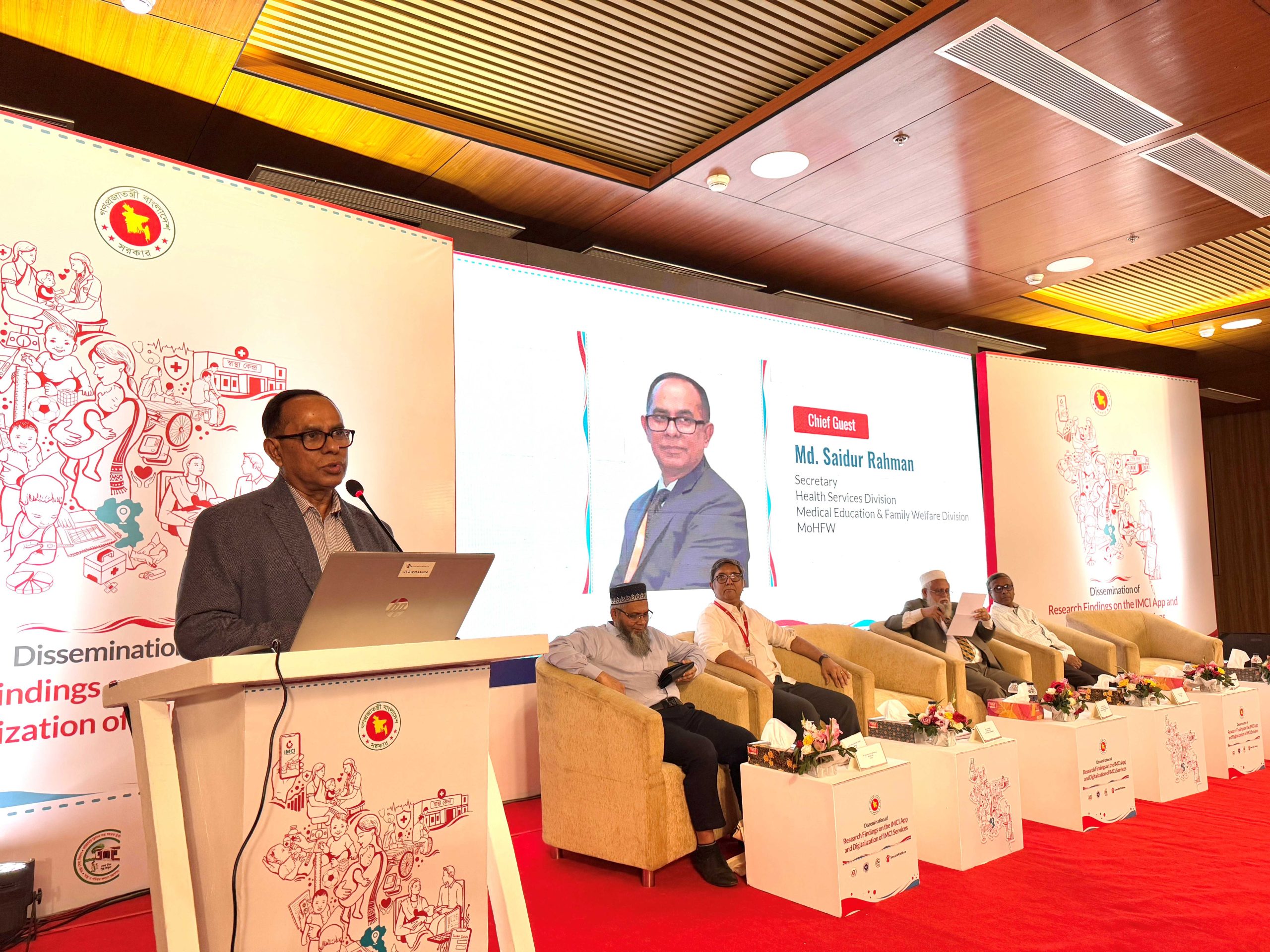AKM Moinul Islam is the General Manager of Business Operations of Pran Confectionary Ltd (SBU-2); he previously served as the Head of Marketing & Sales of Pran Confectionary Ltd. Moinul has also served as Assistant General Manager of Marketing of Partex Group, Senior Brand Manager of Pran-RFL Group and Brand Manager of National Beverage Ind. Ltd. He is the recipient of a number of accolades which include the Global Marketing Leader by World Marketing Congress (WMC) and the Best Brand Award for 2014 and 2015 by the Bangladesh Brand Forum.
How has technology changed the marketing techniques being used?
Communication helps businesses grow and prosper; it creates relationships, strengthens the effectiveness of organizations, and allows people to learn about one another. Technologies, such as the Internet, mobile phones, social media, and customer relationship management systems greatly affect the way companies communicate with prospective customers and thus they also affect modern marketing. These new forms of communication are changing the media landscape and the type of messaging strategy organizations use. A transformation of marketing is underway as we spend more time on our mobiles, tablets, and laptops. The challenge for brands is to connect with customers through all these devices in real time and create campaigns that work across social media, display advertising, and e-commerce. We’ve seen major changes in terms of the speed, relevance, and reach of campaigns being produced. Just as marketers need to become savvier about technology, data, and analytics; similarly, technical staff on the digital side have to get more creative.
How has digital marketing changed the face of the marketing frontier? What kind of role is it playing in the Fast Moving Consumer Goods (FMCG) industry, especially when it comes to the confectionery sector?
The Boston Consulting Group forecasted that within five years, India would have 150 million consumers digitally influenced in the sector and would be spending around $40 billion across all FMCG categories. From this data, we can also assume the state of our country’s future trend. When it comes to social media, FMCG companies rely on an approach based on experience and entertainment for the customers. In this context, customers must perceive quality content. Being simplistic is not the same as being clear and the knowledge of the consumer cannot be underestimated. An increasing number of FMCG companies are shifting to social media platforms to gain competitive advantages. There was a time in which brands seemed to be the definitive solution to avoid commoditization of products. Now branding is simply not enough. There is a need of something more and social media is a great platform to initiate this trend.
As a result of this phenomenon, what changes do you identify in the consumer?
The consumers’ purchasing decisions are certainly getting more complex. The single most important challenge will be the utilization of multiple channels by shoppers and consumers. By its nature, social media is open and accessible. Conversation and collaboration replace the one-way “push” communications of traditional advertising and websites. Social media, therefore, challenges companies to attain higher levels of collaboration across corporate functions in order to compete more effectively. In fact, companies that integrate social media into their culture and operations will strengthen the alignment of their business and brand strategies, in turn strengthening brand equity and brand loyalty among consumers. Like other CPG (Consumer Packaged Goods) companies, confectionery manufacturers can integrate social media into their operations in various ways, depending on business goals, resources, and internal culture.

Business Operations,
Pran Confectionary Ltd.
There is a lot of competition in the FMCG sector as a number of factors are to be considered while selling the products. This precisely denotes that only the innovators can survive this tough competition.
What kind of impact is competition playing when marketing FMCG products?
The people of both rural and urban regions in Bangladesh are consuming a high volume of fast-moving consumer goods these days due to their higher disposable incomes. This has led to a surge in the setting up of a number of FMCG companies in Bangladesh to meet the rising demand. Bangladesh’s huge population has always been a significant factor for the growth of FMCG sector in the country and over the past few years, the rural market has been growing significantly. Between 1950 and 1980, the consumption of FMCG products was relatively low due to the low per capita income. The Bangladeshi market also imported exuberant amounts of products from overseas markets which increased the competition between the organized and the unorganized sector. The living standards rose in the urban sector due to higher disposable incomes along with the rise in the purchasing power of the rural families which increased the sales volume of various manufacturers of the FMCG products in Bangladesh. The large-scale companies such as Unilever, PRAN, Marico, Kohinoor Chemical have targeted the rural consumers and have also expanded their retail chain in the mid-sized towns and villages.
What must the FMCG companies consider in order to appeal to today’s consumers?
The consumers today are endowed with a wide range of options to pick from in terms of FMCG products. There is a lot of competition in the FMCG sector as a number of factors are to be considered while selling the products. This precisely denotes that only the innovators can survive this tough competition. The investors must be very proactive regarding catering to market needs and building strong and powerful distribution channels.
The recent rise of private-label goods has led to increased competition within the FMCG industry. Producers must differentiate their products and quickly bring them to the market.
What are the key factors required to improve brand equity? What advice would you give to newer brands trying to establish long-term brand equity?
Strategic goals for brand management requires developing strong consumer-based brand equity. To reach this goal, companies have to design and execute well-thought-out marketing strategies and programs. However, this task does not end at executing marketing programs as companies to have to construct brand equity measurement systems to understand the impact on consumer minds. One fundamental that must be understood and accepted is that the consumer is the king, so the focus should always remain on the customer. If the brand has positive consumer brand equity than it is going to create a loyal customer base that is going to respond to marketing initiatives. However, if the brand has negative brand equity than the future of the brand and the company itself is in danger. There are many factors that go into building brand equity and at the heart of each is developing a brand that consumers want to experience. Brands must differentiate themselves, add value to consumers’ lives, deliver the performance they have promised, engage and create an emotional connection with the consumer.
The Five Steps Required for Establishing Equity:
i. Define your position – The first step to building brand equity is to define your positioning: the single thing your company stands for to your customers.
ii. Storytelling – Clear positioning is critical, but positioning statements are internal touchstones, not external expressions. Your next job is to make it interesting, to imbue the rational positioning with emotion.
iii. Bringing life – Once you have the story, you need to bring it to life. Make sure that the way your company looks and feels to the outside world matches that truth.
iv. Start building the brand before consumers buy it – Think beyond the transaction. Brands begin at the transaction level, but the brand experience goes much deeper. The opportunity to create a brand impression starts long before the buying decision.
v. Measure and feedback – There are a few direct ways to measure the progress of your brand, like asking customers, checking search rankings, monitoring social media conversations, etc.















